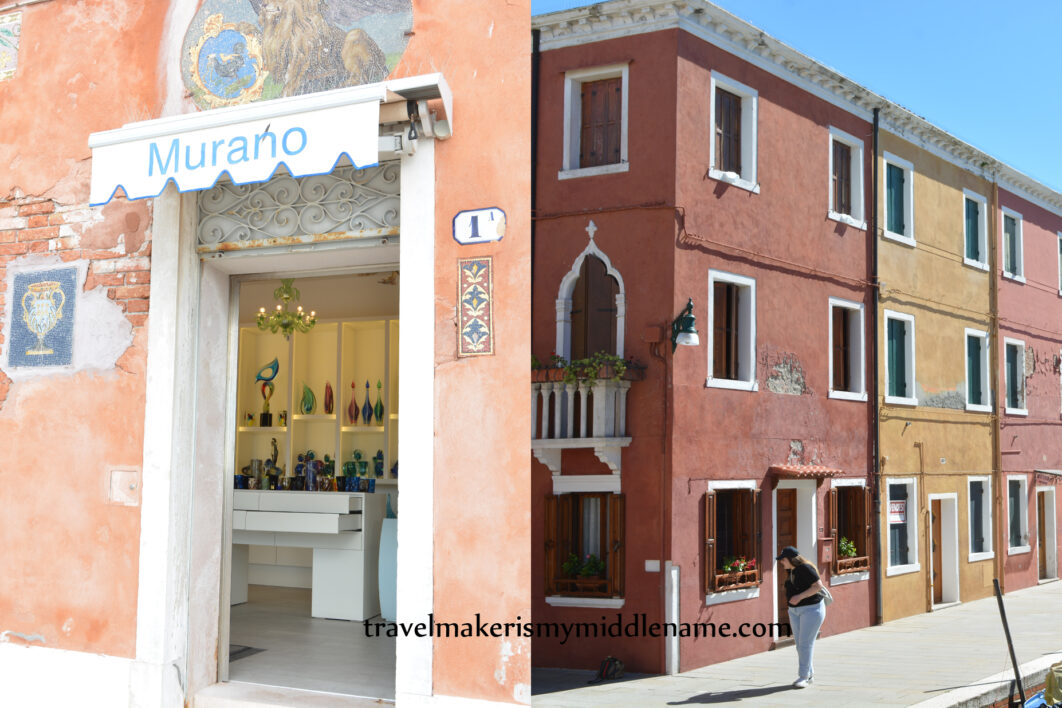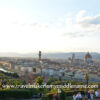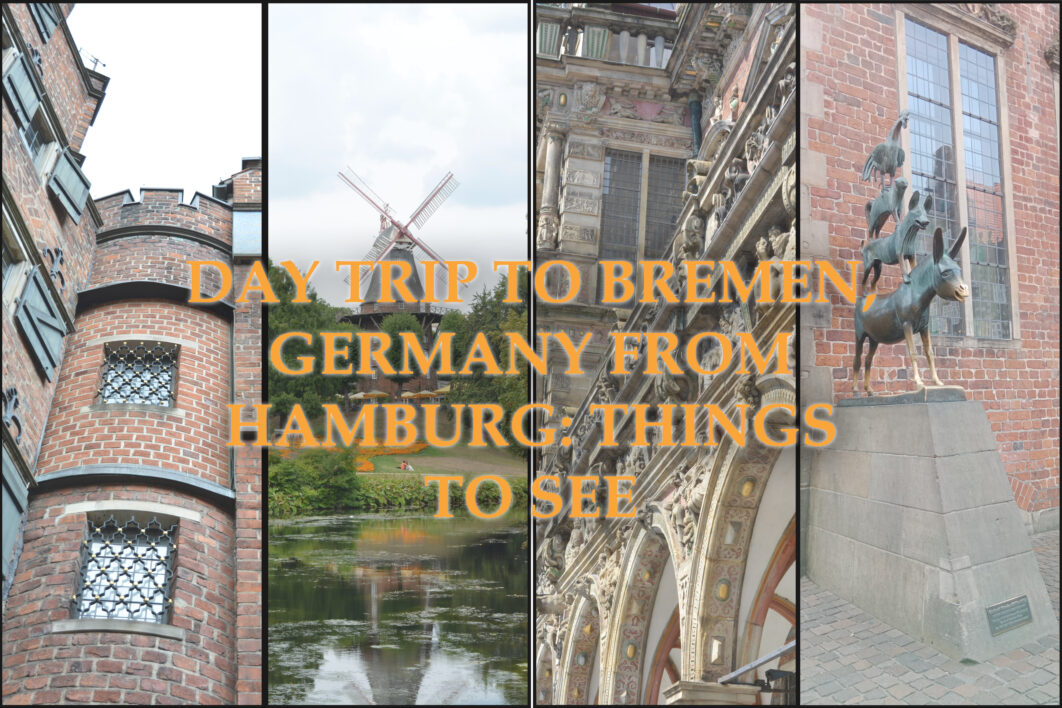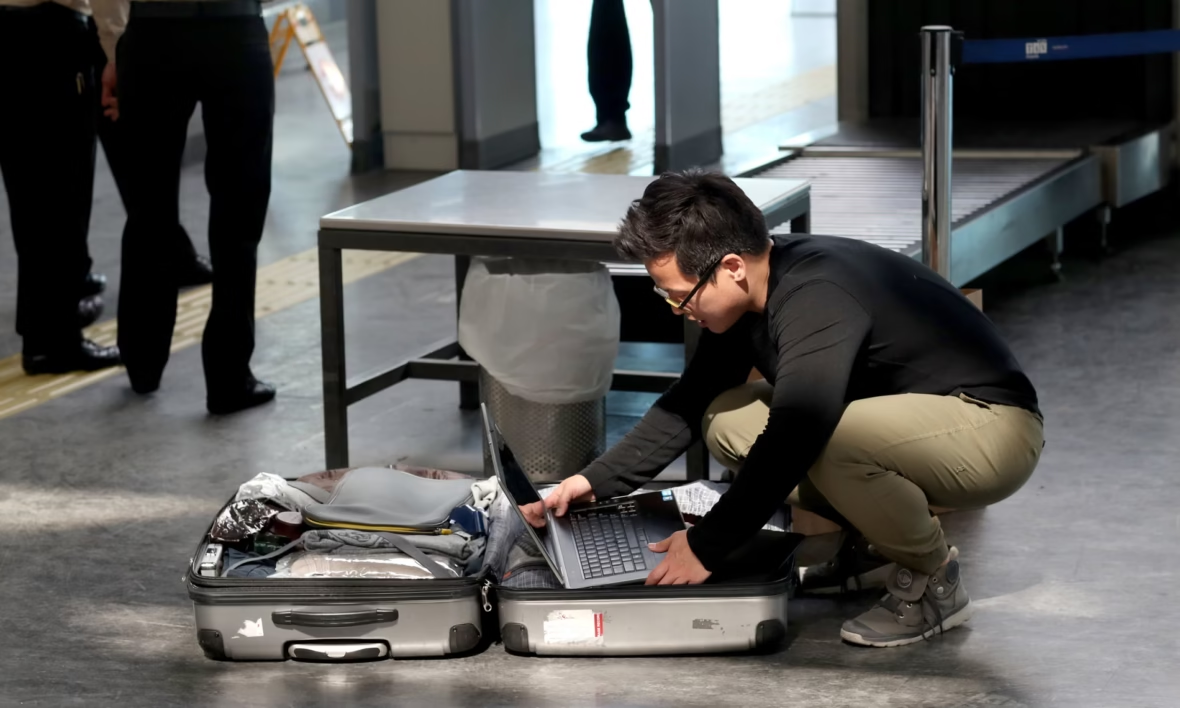Last Updated on: 17th April 2024, 03:47 pm
Murano and Burano are two islands in Venice, Italy, that are rarely mentioned when speaking of Venice. They are easy to get to and well worth the trip.
What is Murano island and Burano island?
Both Murano and Burano are (a cluster of) islands in the Venice city area, located away from the historical town center of Venice (confused what “Venice city” and “historical town center of Venice” are? Read the first time visitor’s guide here) in the northern lagoon. The two islands are known for their handmade crafts, glassworks and lacework respectively, but started out as fishing and salt making villages and refuges for citizens of Altino (a town along the middle of the eastern coast of Italy) who were escaping the barbarian invasions at the fall of the Roman empire in the first century. Many shops sell locally handmade glassworks and laceworks. They are also very popular and famous for their photogenic vibrantly coloured houses.
How Murano became known for glasswork

1,500 years ago, Venice became the hub for glassware. This laborious process used high temperature fires and produced highly popular and delicate glassworks that were used in buildings such as public bath houses and churches, and exported and traded for other goods. However, due the to the nature of the work, glass making facilities frequently caught fire. On November 8th, 1291, the Venetian government declared that all glass manufacturing must move to the island of Murano, to avoid a fire burning down the entire city of Venice, which was constructed mostly of wood.

The techniques involved in making glass were handed from father to sons, and revealing the secrets of glass making was strictly forbidden, so the island obtained a trading advantage since all the skills and techniques were concentrated and retained in the one area.
How Burano island became known for lacework

Like Murano, Burano started as a fishing village. The ladies of the island constantly had to repair fishing nets used by their husbands. What started as basic weaving of thicker ropes eventually turned to intricate patterns and thin strings, creating lace.
A lacework school was created in the 15th century, where girls 12 and up attended. A hundred years later, Venice became the center of Europe for laces.
In the 1600 and 1700’s, Venetian lace was at the peak of its popularity. Fancy Venetian lace was a status symbol for the European nobles and monarchy. Lace was used in both men and women’s fashion elements, from clothing to handkerchiefs. Cloth merchants moved their production to Burano to keep costs low. Women worked on the assembly lines to produce the lace products.
Lacework was a skill passed from mothers to daughters. Even after lace fell out of fashion, Burano is still known for lacework.
What do to on Murano and Burano island
One of the major attractions of Murano and Burano are the colourful houses on the island. The houses there are vibrantly painted and popular photography sites. There are small canals as well as open ocean waters where the ferry (vaporetto) travel through.

The towns also have their own town center with a clock tower. There are also restaurants and gelato stores, although these are clustered in streets near the entry points to the town where the ferry docks, to the town center, and along the main canal.
You can walk a bit further into the town and neighbourhood streets to see the less touristy parts of the town, but remember that people live there, so be respectful and don’t venture uninvited into people’s homes.
Things to note:
Some items sold in Murano and Burano might actually be imported rather than locally made. Be sure to check the item before you purchase if you intend on buying something “locally made”. Some items may also be sold on the main island of Venice, perhaps even for a different price, so if you have the time, it may be worthwhile checking shops on the main land before you shop in Murano to get an idea of the prices and products available.
In Murano, many shops close to the island’s entry point near the main ferry dock, have glass making demonstrations. They will have a sign out the front, even at the ferry docks, directing you to their place. Most, if not at least many, charge for the demonstration. There are also many other glass stores in Murano if you head further into the town.
You can see a free demonstration of glass making at New Arte Fuga, a shop in Burano.
For details and a coupon for a discount, see www.isoladiburano.it/en/shops/newartefuga/NewArteFuga.html
How to get to Murano and Burano
Venice to Murano
From Venice historical town island, take a ferry 12 (Linea 12) from ferry stop Fondamente Nove on the north eastern side of the island to Murano. The trip takes 19 minutes and is the first stop on this line.
Venice to Burano
Burano is the third stop on this line and takes between 42-46 minutes depending on the time of day, when the same ferry stops at different wharves on Burano. There are three different wharves on Burano, Burano A, B and C, located within metres of each other. You can get off at the first Burano stop if you intend to go to Burano island.
See the official timetable for ferry line 12 here: https://actv.avmspa.it/sites/default/files/avm/navigazione/Actv_nav_linea_12.pdf
Use this link to see the next departures for the various ferry lines:
https://avm.avmspa.it/it/content/orari-servizio-di-navigazione-0








